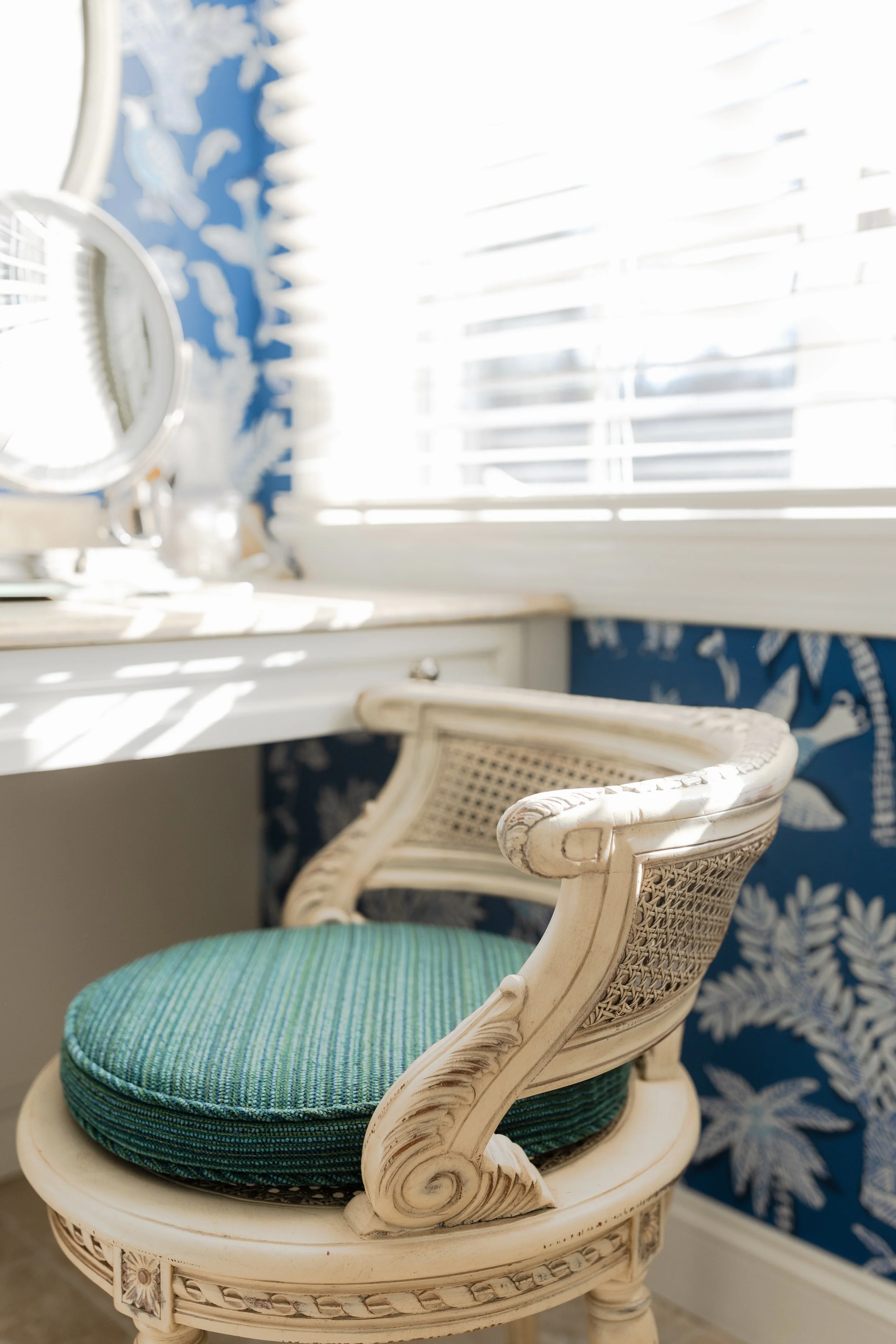Revive or Replace? The Guide to Reupholstering vs. Buying New Furniture
When a beloved sofa starts sagging or a vintage chair’s fabric no longer fits your style, you’re faced with a common dilemma: Should you reupholster and refresh, or is it time to replace it? The answer isn’t always obvious, and there are several factors— beyond just cost— to consider. Let’s break down the pros, cons, and hidden details that could influence your decision.
The Case for Reupholstering
Reupholstering a piece of furniture means stripping it down to its frame and rebuilding it with new fabric, padding, and sometimes springs. It’s a great option when the structure of your piece is solid, but the aesthetics or comfort needs an update.
Pros:
Quality & Sentimental Value – If your piece has a sturdy frame (especially solid wood or hand-crafted construction), it may be worth keeping. Family heirlooms or vintage finds often have more durability than today’s mass-produced furniture.
Customization – Reupholstering allows you to choose the exact fabric, trim, and detailing to suit your space, which is especially valuable if you have a unique style or need a specific color palette.
Sustainability – Giving new life to an existing piece helps reduce waste. If eco-conscious design matters to you, this is a major plus.
Comfort & Fit – If you love the way your current chair hugs you or your sofa fits perfectly in your space, reupholstering ensures you keep what works.
Cons:
Cost Can Be High – Depending on fabric selection, labor, and repairs, reupholstering can sometimes cost as much (or more) than buying new. High-quality upholstery work is an investment.
Time Commitment – Custom upholstery isn’t an instant fix. If you need furniture quickly, the process of stripping, rebuilding, and refinishing can take weeks.
Not Always Worth It – If the frame is weak, warped, or poorly made, reupholstering may not be a smart financial decision.
The Case for Buying New
Sometimes, it’s simply time to start fresh. Whether your style has changed, the piece is beyond repair, or the cost of reupholstering doesn’t make sense, purchasing new furniture might be the better route.
Pros:
Cost-Effective (Sometimes) – While high-end pieces can be expensive, mass-produced furniture options can be more budget-friendly than custom upholstery.
Immediate Availability – If you need something right away, buying new is the fastest option. Many retailers offer in-stock options for quick delivery.
Warranty & Longevity – New furniture often comes with manufacturer warranties, giving you peace of mind about durability.
New Features & Ergonomics – If you’re upgrading for better support, reclining features, or modern materials, new furniture offers more innovation than an older piece.
Cons:
Lower Quality in Some Cases – Many modern furniture pieces are built with lower-quality materials, like particleboard or weaker frames, meaning they may not last as long as older, well-made pieces.
Environmental Impact – Buying new contributes to furniture waste, especially if old pieces aren’t repurposed or donated.
Style Limitations – While there are many options on the market, you may not find the perfect match for your space without compromising on color, fabric, or design.
The Overlooked Factors
Before making your decision, consider these often-missed details:
Hidden Costs – Reupholstering may require extra repairs, and buying new may involve delivery fees, assembly, or added decor costs to make everything cohesive.
Fabric Durability – Whether reupholstering or buying new, be mindful of fabric longevity. Performance fabrics resist stains and wear, making them a better long-term investment.
Resale & Investment Value – A high-quality, reupholstered piece may hold its value better than lower-end new furniture.
Final Verdict: Reupholster or Replace?
If your furniture is well-made, has sentimental value, or fits your space perfectly, reupholstering is worth considering—especially for sustainability and customization. If the piece is structurally unsound, outdated in functionality, or more expensive to repair than replace, investing in something new may be the smarter choice.
Still unsure? We are always here for a scheduled consultation, even if you aren’t local. We can help near or far via E-design.




